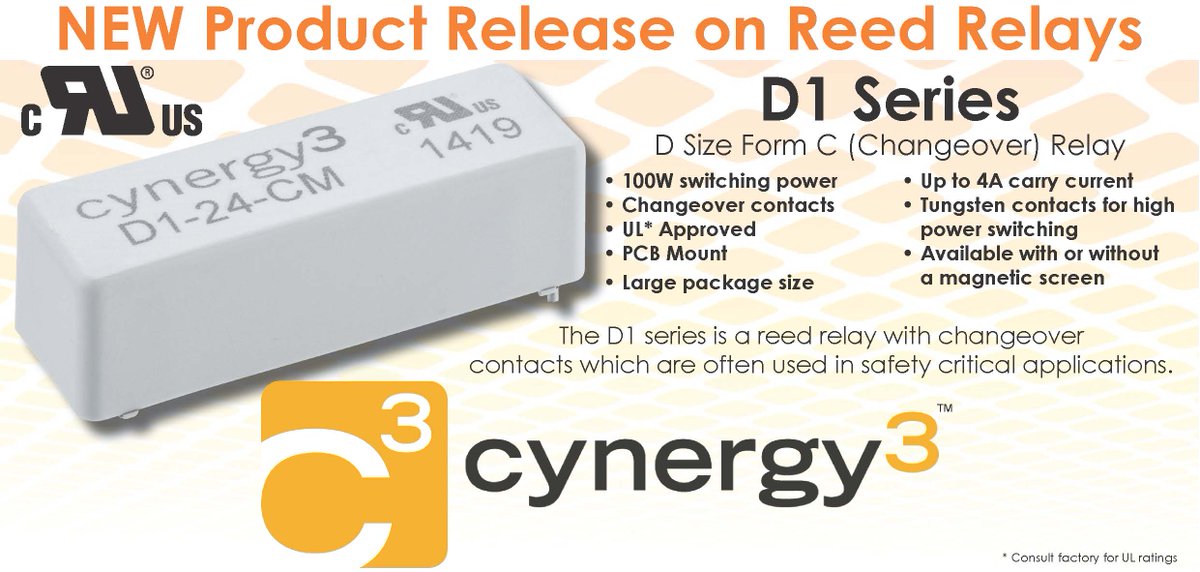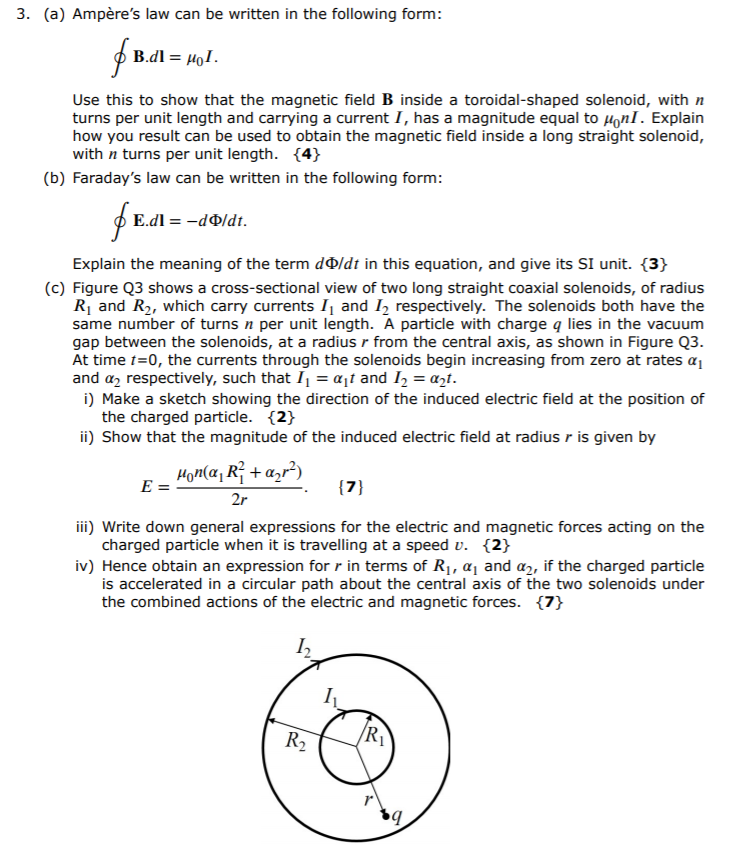

We understand the protocols of placing business with non-admitted carriers. – Limitation on the amount of a claim payment either through a maximum cap or deductibles – Coverage does not apply to all lines of business – Insured with significant assets may be excluded or limited in their ability to file a claim

In fact, guaranty funds vary by state and can impose limitations on the collection of funds. This negates much of the perceived value of admitted over non-admitted paper. It’s important to note that the guarantee funds ability/authority to pay claims in case of an admitted carrier insolvency is typically very limited. The surplus lines failures of the past also highlight the extent to which poorly managed program operations of a parent company can impact its surplus lines affiliates. Some surplus lines companies became impaired when their parent companies, which were engaged primarily in the admitted market, were declared insolvent.

– The second-highest cause of surplus lines impairment has been affiliate problems, at 20%, vs. When combined, these two categories accounted for 38% of surplus lines impairments and 58.5% of admitted P&C company impairments. – Accounting for the largest portion of impairments among surplus lines and admitted companies were the related categories of deficient loss reserves/inadequate pricing and rapid growth. – The causes and characteristics of financial impairments have remained generally consistent for both surplus lines and the admitted P&C industry: For the surplus lines market, 2013 marked the 10th consecutive year without a financial impairment. Year over year, impairments were down 26.5% for 2012 and 44% for 2013. admitted P&C industry in 2013 plunged to their lowest level since 2007. Best ratings of A- or higher, compared with 77% for the total P&C industry – Almost 97% of surplus lines insurers have A.M. Through mid-year 2014, 100% of surplus lines companies maintained secure ratings versus 94.8% for the P&C industry. Best rating from B+ to A++), compared to 74.2% for the industry. Best financial strength rating than the total property and casualty (P&C) industry – 85.4% of surplus lines companies had secure ratings (defined as an A.M. – Surplus lines companies in 1994 held a higher median A.M. In fact, while the surplus lines market more than doubled between 19, their ratings and impairment experience has remained above average.

While this seems intimidating on the surface, there is not a substantial difference in the risk to an insured. This means that the state fund will not compensate a qualified insured if the carrier goes bankrupt and cannot pay claims. “In case of insolvency, payment of claims may not be guaranteed.” It does mean that the carrier has the ability to set their own rates for the classes of business they write, leading to the flexibility in rate and form that is a key differentiator in the E&S marketplace.Ģ. Each insurer must meet certain criteria to be an eligible non-admitted market, including regulations for solvency. “Not licensed as an admitted carrier” does not mean unregulated. A non-admitted insurance company is not licensed in the state where the risk or insured is domiciled and does not file rates in that state. Wording on a policy that references an unlicensed carrier means that the policy was issued by a non-admitted insurance company. “The insurance policy that you are applying to purchase is being issued by an insurer that is not licensed by the state of California.” Prior to binding insurance coverage with a non-admitted carrier, you are required to sign the Disclosure Form (D-1 Form), formally making you aware of the insurance policy being issued by the non-admitted insurance company.ġ. Let’s take a closer look at required disclosure wording used on surplus lines policies so when your insureds have questions, you can put them at ease. Seeing the words “not licensed”, “insolvency” and “payment of claims may not be guaranteed” on an insurance policy can, understandably, cause concern with insureds, especially those with little to no experience with the excess and surplus (E&S) marketplace.


 0 kommentar(er)
0 kommentar(er)
